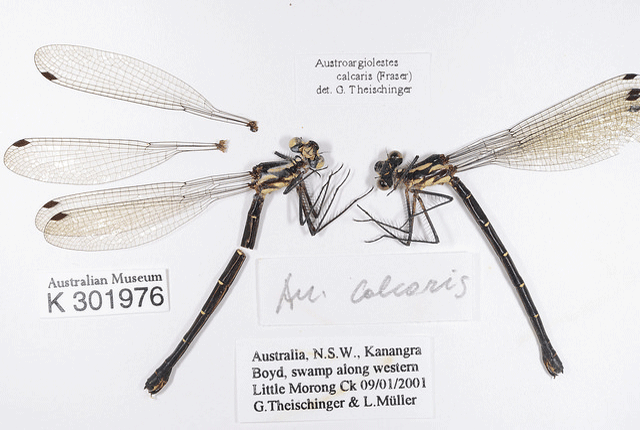
You shouldn’t believe everything you read—even if it’s a label inside a natural history museum. A new study from researchers at Oxford University and Royal Botanic Garden Edinburgh suggests that up to 50 percent of the specimens in their collections are labeled incorrectly.
When samples are sent to a natural history museum, they often arrive without a name. Even for biology experts, differentiating between certain insect or plant species can turn into a guessing game. The team of researchers found that samples taken from the same plant were often given different names after being distributed around the world. They also found that our rapidly evolving knowledge of the natural world leaves many museums with labels that are outdated or redundant. Zoe Goodwin, one of the researchers behind the study, said in a press release: “We think a conservative estimate is that up to half of the world’s natural history specimens could be incorrectly named.”
via Mental Floss
Image: JOHN TANN VIA FLICKR





